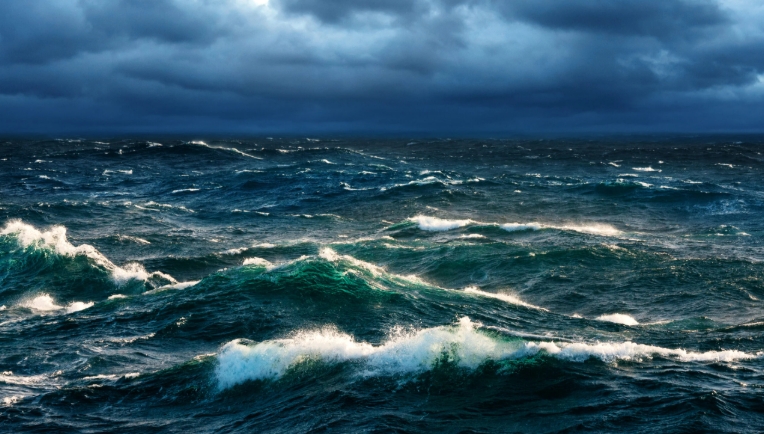The Atlantic Ocean and Pacific Ocean: A Comparative Exploration
Understanding the world’s oceans is crucial for appreciating our planet’s environmental health, climate patterns, and biodiversity. The Atlantic and Pacific Oceans are two of the largest bodies of water on Earth, each playing a vital role in shaping weather, marine life, and global trade. Let’s dive into the unique characteristics of these oceans and why they matter.
The Vastness of the Oceans
The Pacific Ocean is the largest and deepest ocean on the planet, covering over 63 million square miles. It extends from the Arctic in the north to the Southern Ocean in the south and is bordered by Asia and Australia to the west, and the Americas to the east. In contrast, the Atlantic Ocean, while smaller at approximately 41 million square miles, is equally significant. It separates the continents of North and South America from Europe and Africa, and is known for its more diverse marine ecosystems, such as the Sargasso Sea, which is famous for its unique floating seaweed.
Weather and Climate Patterns
Both oceans are crucial in influencing global weather patterns and climates. The Pacific Ocean is home to phenomena like El Niño and La Niña, which can dramatically affect weather around the globe, often leading to extreme weather conditions—droughts in some areas and floods in others. The Atlantic Ocean also has its own climate influence, notably with the Gulf Stream, which warms the eastern coast of North America and impacts weather patterns in Europe. Understanding the dynamics of these oceans helps scientists predict climate changes and prepare for natural disasters.
Marine Biodiversity and Conservation
The Pacific Ocean boasts incredible biodiversity, including coral reefs, deep-sea habitats, and numerous fish species. The Great Barrier Reef, located in the Pacific, is the world’s largest coral reef system and serves as a vital part of marine ecosystems. The Atlantic, although smaller, is known for diverse marine wildlife such as whales, dolphins, and a variety of fish. However, both oceans face significant threats from pollution, climate change, and overfishing. Efforts are ongoing to promote sustainable practices and marine conservation initiatives to preserve these valuable ecosystems.
In Conclusion
Both the Atlantic and Pacific Oceans are critical to our planet’s health and are rich in history, culture, and biodiversity. By learning more about their unique features and the challenges they face, we can contribute to their conservation. Explore more about our oceans; whether through documentaries, articles, or visiting coastal areas, every bit of knowledge helps us better appreciate and protect these magnificent blue expanses.

